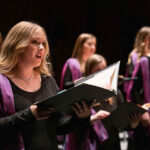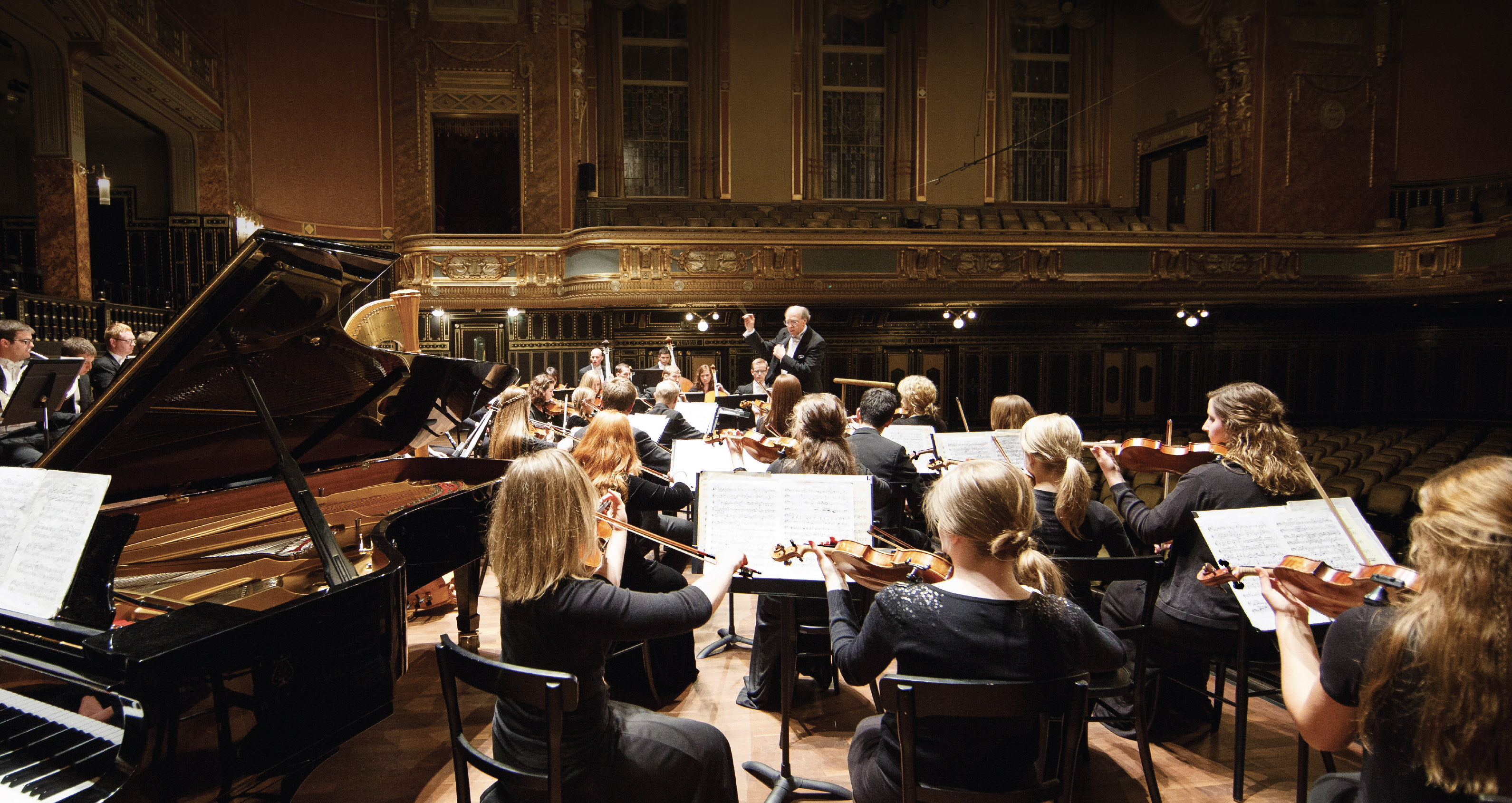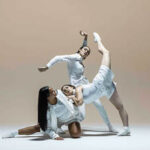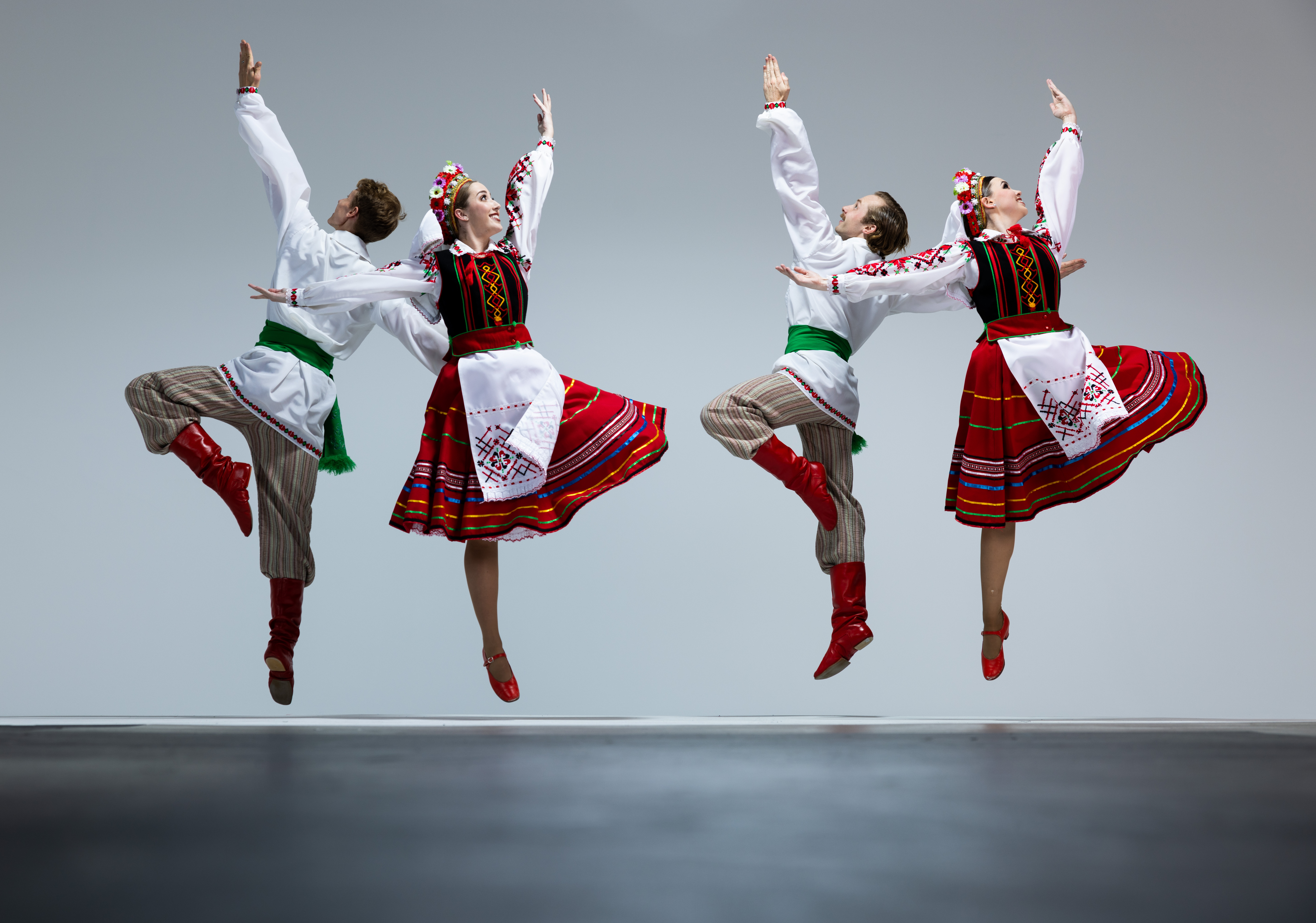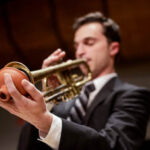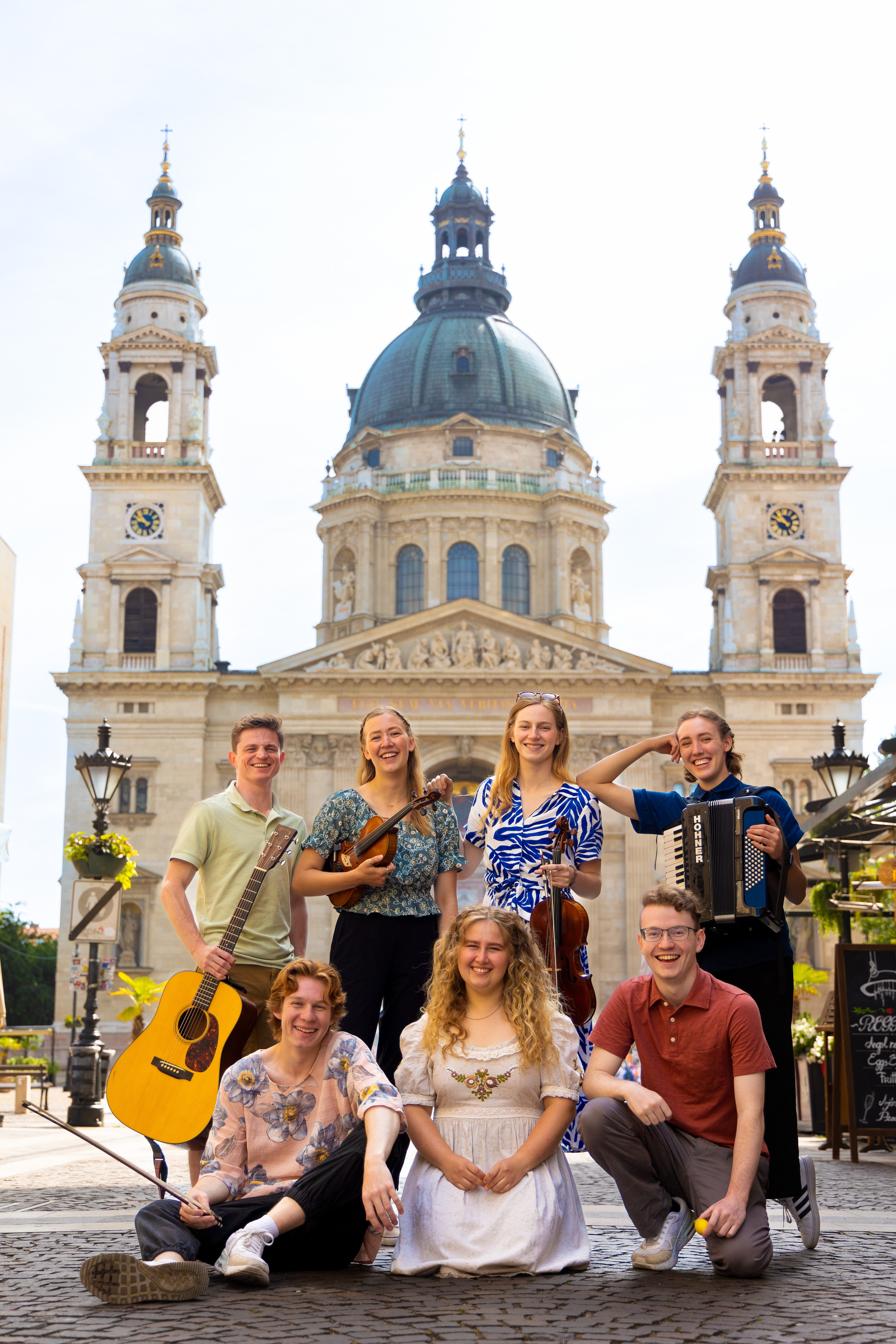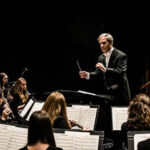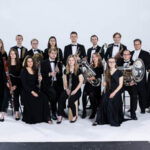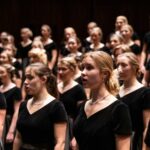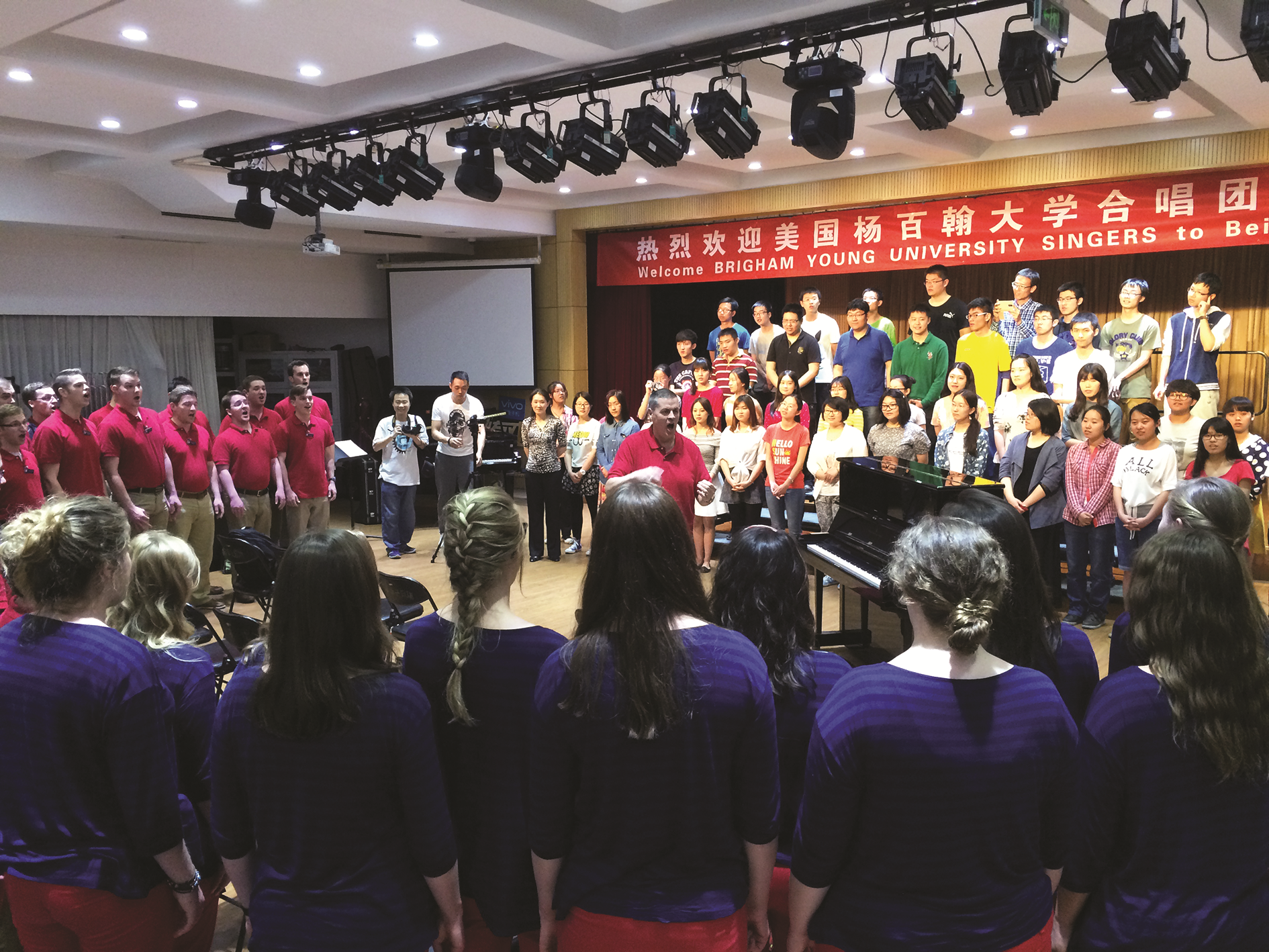
On his last tour as conductor of BYU Singers, Dr. Ronald Staheli directs both the BYU group and the Beihang University Choir.
Cheers and applause rattled the choir room in Beijing when the door opened. One would have expected a rock star to enter, but the cause of the commotion was in fact Dr. Ronald Staheli and BYU Singers, the premier classical choir at Brigham Young University. Chinese choirs enthusiastically welcomed the BYU group like this in several cities throughout its 2015 tour, in which months of preparation culminated in a series of joint concerts across China.
BYU Singers taught workshops and presented concerts while on tour, setting an example of flawless phrasing and impeccable intonation (which the group is known for internationally) for the Chinese choirs. “One can speak a lot about good choral singing and good choral tone,” says Staheli, who directs BYU Singers, “but to have examples for each point greatly increases the learning and understanding of the principles being discussed.”
Staheli founded BYU Singers in 1984, and although he had traveled to China on two previous occasions as a guest conductor and lecturer, this tour was the choir’s first to China. It was also Staheli’s last tour as director of BYU Singers. He retired at the end of the 2015 season.
Collaboration
BYU Singers’ tour to China involved more collaboration with local artists than any other BYU tour to date. Months in advance Staheli and the local Chinese conductors coordinated repertoires so that each choir would have time to prepare the same pieces. The collaboration resulted in BYU Singers performing eight joint concerts with eight different community or university choirs in several regions of China.
In each city, BYU Singers and the local Chinese choir workshopped and rehearsed together for an hour before joining on stage to perform a concert in a number of languages. “We always sang one in Chinese and one in English together. They often smiled at our Chinese, and we enjoyed their excellent attempt in English,” Staheli says of singing with the various groups. “The combination of choirs made a stirring statement at the end of the concerts we shared.”
The Chinese audience members paid special attention to Staheli’s new arrangement of the traditional Chinese song “Maila,” which was accompanied by flautist Catherine Winters, a member of BYU Singers majoring in flute performance. “When I started to play the intro, the audience gasped and started whispering,” says Winters. “They were hearing something they loved and had grown up with. Feeling that response and seeing the love that they have for their country was amazing to me.”
Because of the joint concerts and workshops, Staheli says the 2015 tour to China was in many ways the most successful of all BYU Singers’ tours.
Choirs
After performing at the Tsinghua University Concert Hall as part of the Meet in Beijing Arts Festival, BYU Singers began to work with a range of choirs. The group performed with the Beihang University Choir in Beijing and the Peiyang Chorus in Tianjin. “The Peiyang Chorus is associated with Tianjin University and is certainly one of the very best choirs in China,” says Staheli. “I kept saying that we met as strangers, we worked together as friends, and we parted as brothers and sisters.”
In Xi’an and Hangzhou, BYU Singers performed with the Shaanxi Normal University Student Chorus and the Zhejiang Conservatory Concert Choir. They also performed with the Wuxi Shanhe Chorus—a high-caliber community choir that travels internationally—in the massive and inspiring Wuxi Grand Theatre Concert Hall.
The way Staheli worked with the combined choirs taught Winters a memorable lesson. “Dr. Staheli is world renowned,” says Winters. “He is also one of the most humble men I know. It is the choirs who were privileged to work with him, but he showed that the privilege was all his. He was a big part of the link between the two cultures.”
CPAA
BYU Singers’ tour relied heavily on the university’s decade-long relationship with the China Performing Arts Agency (CPAA), which has coordinated numerous performances for BYU performing groups over the years. This year it helped organize five of the concerts (in Beijing, Jinan, Jinhua, Shanghai, and Changzhou). CPAA also arranged for the group to perform at Shanghai’s Songjiang Youth Center Theatre, where BYU Ballroom Dance Company visited last year. The bond between the two organizations has led to ever-increasing opportunities for collaboration in China.
On stage and in the streets, members of BYU Singers found satisfying relationships by sharing their passion for music with those they met. “We were welcomed with open arms at each stop along our way,” Staheli says. “It was a thrill to be able to share so much of what we hold dear simply by singing the way we sing, expressing the way we want to express, and being the people we want to be.”


